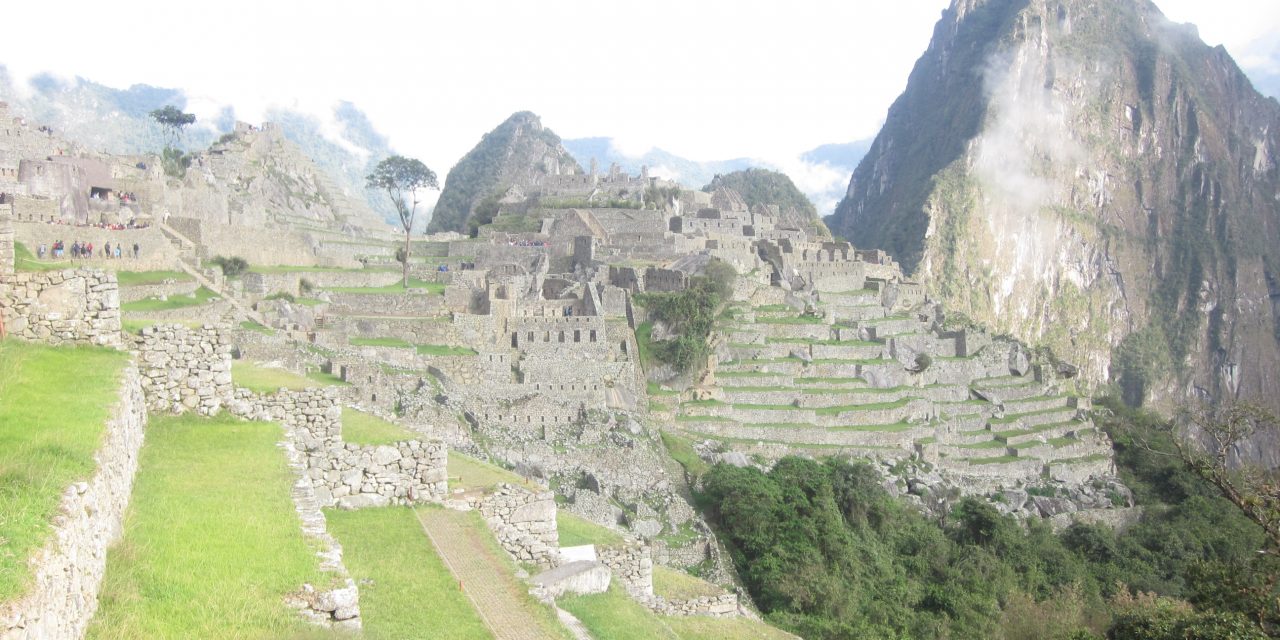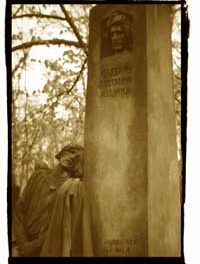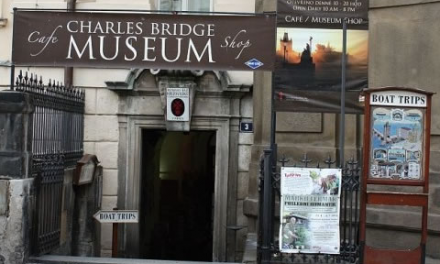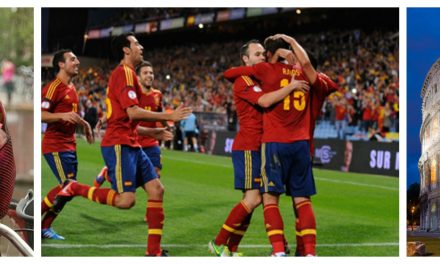By Burnham Arlidge
Every year Peru welcomes thousands of tourists into their country with the sole purpose of reaching the ancient Incan city. So famous now is the ancient city of Machu Picchu that the Inca trail is practically a rite of passage for many travellers. This being said, there are certain pit-falls to travelling along the Inca trail.
The first of these pit-falls is the expensive permit that is mandatory for all tourists on the Inca Trail. The permit costs around $500 and needs to be booked months in advance as there are only a certain amount of permits allowed on the Inca Trail each day. The second pit-fall is, of course, the crowds. Although only a certain amount of permits are granted each day, the trail is famously crowded which can sometimes detract slightly from the magic of the region.
As the original pilgrimage path to Machu Picchu, the Inca Trail is certainly worth doing, however, if you’re the type that likes to wing it slightly more, keep costs down and get off the beaten track, then there are a number alternative routes to Machu Picchu that should be considered.
The Lares Trail
The first of these is the Lares trail. This 33km route is fairly stair free and takes 4 days. The Lares trek is a great way to meet the locals and immerse yourself in some authentic Andean culture. It begins near the town of Lares and wends its way through the Lares Valley. The valley is home to a number of ancient weaving communities that are more than happy for you to watch and, in some cases, take part! The trek is far less busy than the Inca Trail and requires no permit – just turn up and go.
The Vilcabamba trek
Another great route is the Vilcabamba trek. I have personally done this trek and can tell you it’s a great option, especially for the more intrepid travellers out there with a real sense of adventure! Although quite challenging, the trail is staggeringly remote, beautiful and wild. Typically a 5 day trek, you’ll need to take an 8 hour bus from Cusco to Huancacalle over the Abra Malaga pass to begin the trek. From there the trail takes you over 3 mountain passes, past rivers and waterfalls and several Incan ruins towards Aguas Calientes from which you take a short bus to Machu Picchu. This is a true off the beaten track and you’ll be lucky to see a single other person along the route. The mountain passes are quite high – 4,500m and I would recommend taking it slowly as your body will need to acclimatize to the altitude.
The Jungle route
For the adrenalin junkies out there a good option is the Jungle route as it incorporates a downhill bike section! Your tour operator will drop you off at the top of Abra Malaga pass from which you will take a bike down the other side. Being mostly downhill, the ride is not strenuous, but can be quite dangerous, especially when you throw relaxed Peruvian driving into the mix! Once at the bottom you will have the option to go white water rafting on either grade 3 or 4 rapids. This option is only permitted on some tours and only from October to April. From there you take a day trek through jungle vegetation on your way to San Theresa where you can try your hand at zip-lining! The trek then continues onto Machu Picchu where your tour operator will take you back to Cusco.
The Salkantay Trail
The fourth and most popular alternative option to the Inca Trail is the Salkantay trail. National Geographic Adventure Magazine ranked the Salkantay trail as one of the top 25 treks in the world and it’s easy to see why. Typically a 5 day itinerary, the Salkantay trek is easily accessible and takes its travellers through a series of beautiful landscapes from the lush jungle through to highland alpine settings and up into the glaciated mountains, including one of the most iconic mountains in the region – Mount Salkantay. Unlike every other alternative trek, the Salkantay can be trekked without a guide or tour agency and sets off from the nearby town of Mollepata.
The Huchuy Qosko trek
The shortest and arguably easiest route to Machu Picchu is the Huchuy Qosko trek. Easily accessible just north of Cusco, the Huchuy Qosko trek usually takes 3 days and is ideal for families or those travellers pressed for time. The route begins at the Incan ruins of Tambomachy and continues up the Sicllaccasa pass where you get great views of the Sacred Valley and Cusco City. The second day of the trek gives you a couple of hours to explore the Huchuy Qosko ruins before heading onto Aguas Calientes and then onto Machu Picchu the following morning. The trek is not strenuous and only covers a distance of 20km in total.
The Choquequirao trek
The last and longest alternative route to Machu Picchu is the Choquequirao trek. This is one of the few treks that can be shortened or lengthened depending on your energy levels and passes the Incan ruins of Choquequirao. Although not quite as big as Machu Picchu, the Choquequirao ruins are an incredible site in their own right and well worth the long trek, especially as they’re crowd free! Beginning at Cachora – 5 hours’ drive from Cusco, the classic Choquequirao trek takes 9 days and covers 69km, passing through some lovely valleys and mountains.
There are other lesser known Machu Picchu treks, but the ones mentioned above are the main contenders to the Inca Trail and all offer something completely unique. All these routes are far less crowded than the Inca Trail and require no permits of any kind. Although the Salkantay trek can be completed without the help of a guide, the other treks are slightly more difficult to navigate. There are numerous trials criss-crossing each other throughout the region and the lack of any sign-posts make the trails almost impossible to follow if you are new to them. So if you want to avoid the crowds and the permits, get off the beaten track and see something different, we recommend taking one of these alternative routes to Machu Picchu.





